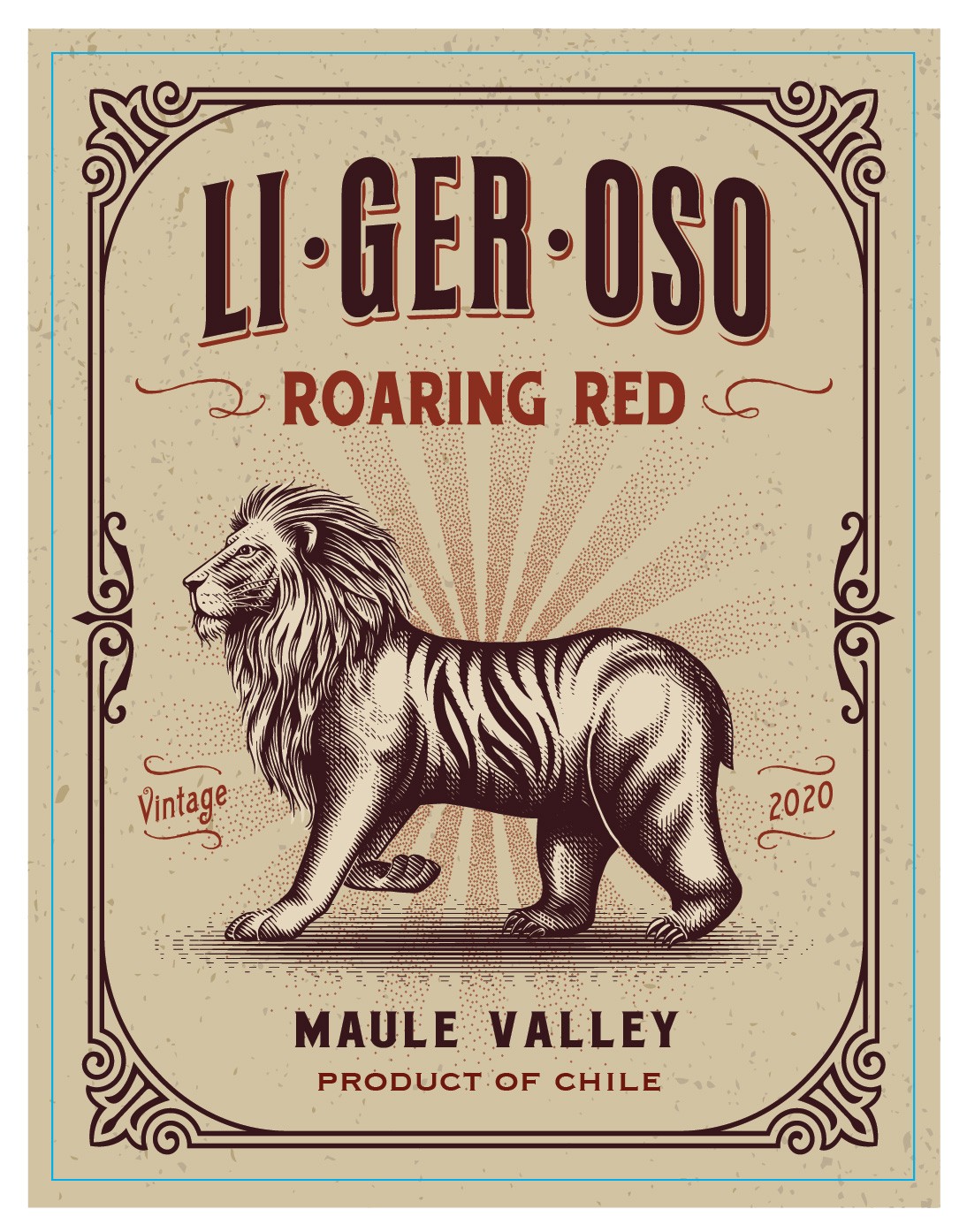2020 Maule Valley Red Blend
Ligeroso Roaring Red is a captivating red blend from the renowned Maule Valley, embodying the region's rich viticultural heritage. This 2020 vintage showcases a vibrant crimson hue, enticing wine enthusiasts and casual drinkers alike. On the palate, Ligeroso Roaring Red delivers an enticing complexity, with a satisfying full-bodied structure that complements its lively acidity, making each sip an invigorating experience. The fruit intensity shines brightly, revealing a medley of ripe dark fruits, while its tannins contribute a firm yet approachable character that enhances the wine's overall balance. This vegan-friendly red blend exudes an inviting warmth, making it a delightful companion for a variety of cuisines, from hearty stews to flavorful barbecues, truly embodying the spirit of celebration and enjoyment.
Ligeroso Roaring Red is a captivating red blend from the renowned Maule Valley, embodying the region's rich viticultural heritage. This 2020 vintage showcases a vibrant crimson hue, enticing wine enthusiasts and casual drinkers alike. On the palate, Ligeroso Roaring Red delivers an enticing complexity, with a satisfying full-bodied structure that complements its lively acidity, making each sip an invigorating experience. The fruit intensity shines brightly, revealing a medley of ripe dark fruits, while its tannins contribute a firm yet approachable character that enhances the wine's overall balance. This vegan-friendly red blend exudes an inviting warmth, making it a delightful companion for a variety of cuisines, from hearty stews to flavorful barbecues, truly embodying the spirit of celebration and enjoyment.




